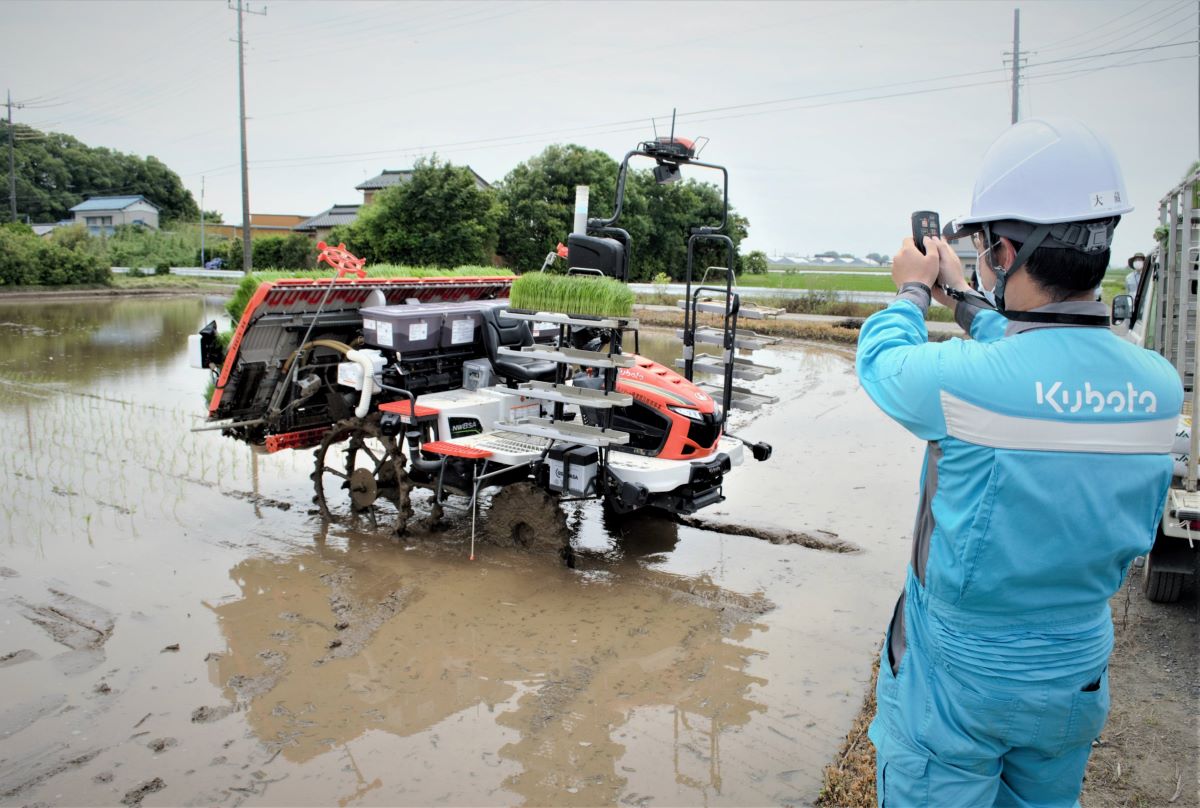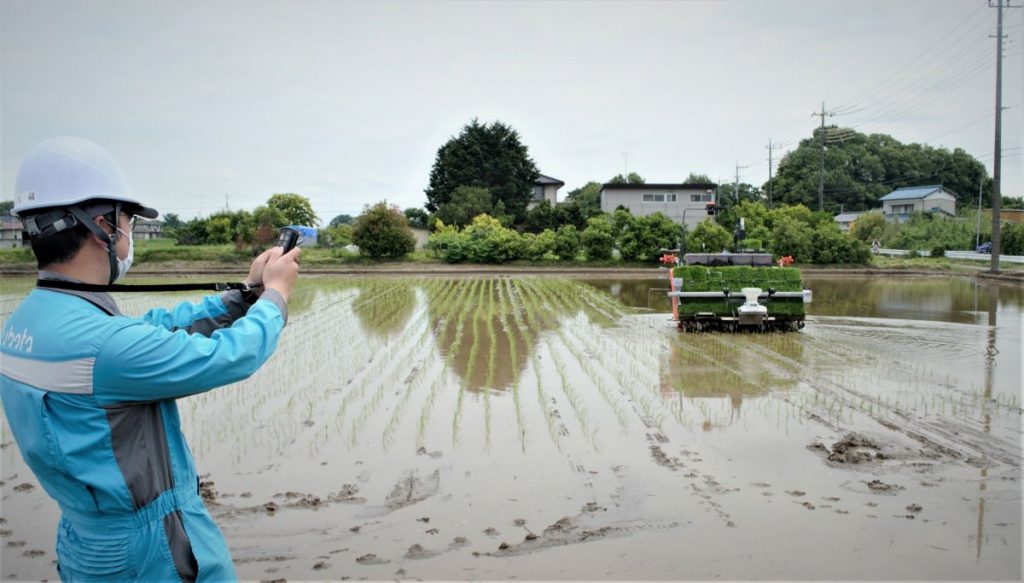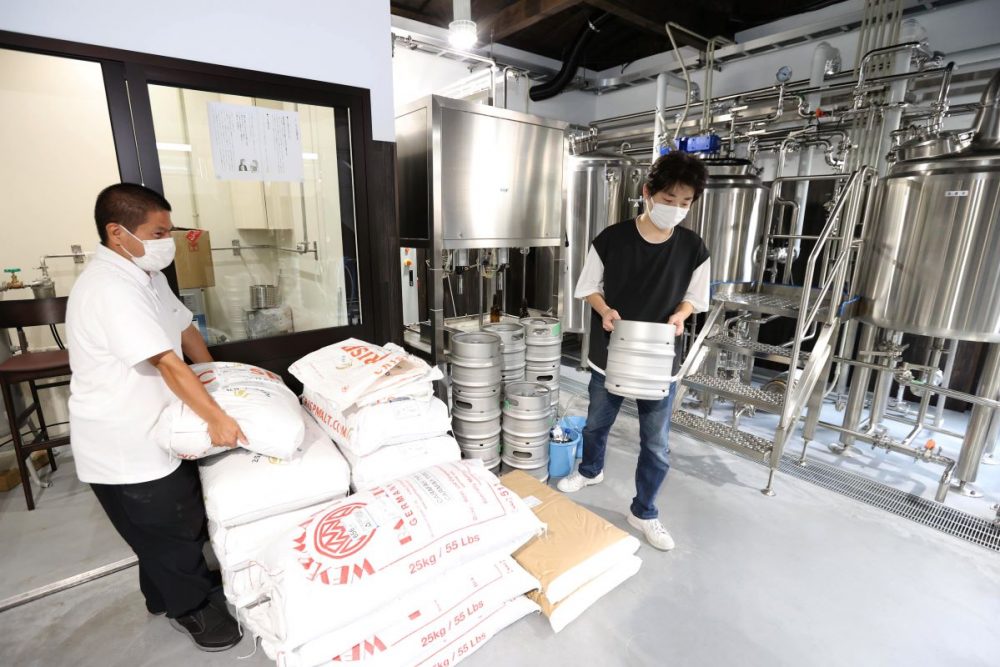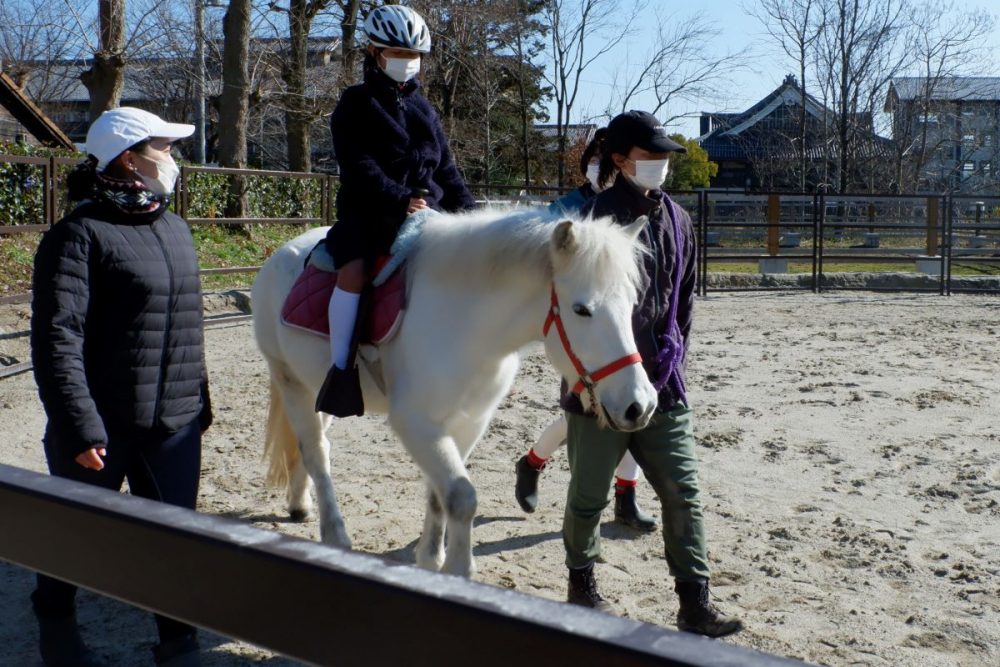AI Robots Revolutionize Rice Planting, Reduce Labor in Saitama Prefecture
Automated rice planting by AI-based robots in Saitama Prefecture is being tested as an effective measure for reducing labor in the aging farming population.

このページを 日本語 で読む
The rice planting season is approaching its peak. In northern Saitama Prefecture, a group of agricultural producers researching smart agriculture recently demonstrated a robot rice-planting machine that utilizes artificial intelligence (AI).
The farmers are operating in the cities of Kazo, Gyoda, Hanyu, and Konosu in the prefecture. Those who have already begun using the rice-planting robot have reported a marked decrease in the level of fatigue associated with the farmwork.
Automated Rice Planting
The machine used in the demonstration was the Kubota Agri Robo NW8SA. Equipped with a total of eight obstacle detection sensors at the front, rear, left, and right, the vehicle is automated.

The Agri Robo has position correction capability based on linkage to GPS information and radio waves. Its system can correct for misalignment caused by slippage of the vehicle's tires due to uneven surfaces in the rice paddies, enabling automated rice planting with an error of 5 to 10 centimeters.
By running the machine around the perimeter of the field before planting the first year, the robot will indicate the most efficient method of rice planting. Rice can then be planted the following year and thereafter in the same field using remote control operation.
Radically Reducing Labor Burden
Toshio Ooya, 55, introduced the Agri Robo to his farm in Kazo City in 2021 after being selected as a model operator in the prefectural government's smart agriculture promotion project.
His farm received a subsidy of approximately ¥6 million JPY (about $42,000 USD), or roughly half of the purchase cost. In addition to the Sai-no-Kizuna rice variety, a prefectural product, Ooya's farm plants the Koshihikari and Akita-Komachi varieties as well.
Traditionally, a large amount of labor was required during rice-planting season. But Ooya confides, "It is easier now that I can leave the work to the machines." He currently uses the Agri Robo for planting on 35 of his 45 hectares. The demonstration on his farm showed a 57% reduction in labor time to about 3 hours and 13 minutes per hectare.
The Agri Robo also turns automatically. Compared to human operation, planting position is precisely aligned, making rice planting highly efficient. Because planting is based on accurate data, the robot can even overcome the roughness of the uneven paddy surface.
The machine can also be used to compare yield data and adjust fertilizer amounts.
With Japan's aging population, agriculture has seen a decline in the workforce. Alongside trends in the increasing scale of agriculture, the use of AI is likely to provide major help in addressing these issues.
このページを 日本語 で読む











